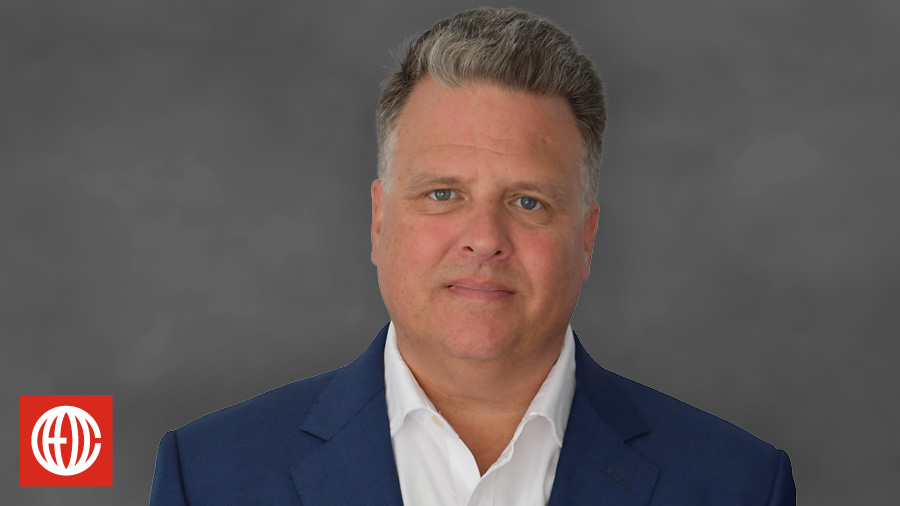
Guest: Keith Corrigan, a coach at CEO Coaching International. Keith has deep expertise in implementing Lean business practices. As a coach he draws on a proven track record of driving growth, managing through crises, and achieving operational excellence in various industries.
Quick Background: Lean management is a systematic approach to running an organization that focuses on continuous improvement and seeks to maximize customer value while minimizing waste. Essentially, it involves using fewer resources to create more value for customers. The primary goals of lean management are to improve efficiency, reduce waste, and increase productivity and quality by streamlining processes and eliminating any steps in a process that do not create value for the end customer.
Some companies have faced the threats of high inflation and interest rates by scaling back, well, everything: costs, office space, marketing, people, new products, and perhaps worst of all, ambition. CEOs have to understand that there’s a BIG difference between a streamlined, lean company that’s ready for anything and a declining company that’s cutting too many corners.
On today’s show, Keith Corrigan breaks down the true essence of Lean management, including the management system he has implemented to minimize waste and Make BIG Happen.
Three Keys to Lean Management from Keith Corrigan
1. Visual Controls
“Lean, in its purest form, is the identification and elimination of waste,” Keith says. “One of the worst misconceptions I hear is, ‘I’m going to lose my job because we’re doing Lean.’ But that’s not really what Lean is about. It’s about continuous improvement. It’s about improving cash flow.”
That’s why step one in Keith’s Lean management system is establishing visible dashboards and scorecards that keep your entire company aligned on KPIs. Upgrading your data collection and analysis could be a great way to kickstart your AI Roadmap while also creating stronger, more measurable connections between everything your company does and how those processes drive growth. Supply that high-tech data to top-level talent who know how to implement what your company is learning and you’ll develop a pipeline for the real future of AI: “augmented intelligence,” an unbeatable combination of computer smarts and human ingenuity.
“Imagine a company where the senior leadership team has no idea what’s happening on a day-to-day basis,” Keith says. “People are working, lots of things are happening, but they don’t know if it’s according to schedule, they don’t know if it’s the right work that’s being done. In today’s world, we use AI to do this. We can actually feed all this data into AI and let AI surface it to us, even remotely, and provide those scorecards or those real time data points. If I’m a leader and I see a problem, it allows us to see that in real time and take action so we win the day. And if we win every day, we’re going to win the outcomes that we’re after, such as higher revenue or better EBITDA.”
2. Leader Standard Work
While many theories of productivity and workplace optimization focus on getting the most from workers, Keith’s Lean system also seeks to eliminate waste from leadership positions. Executives and high-level managers are often pulled in so many different directions at once that their days lose the predictable cadences that help them make the most of their time.
At the very top of the organization, c-suite executives need to maintain a laser focus on things that only they can accomplish, and delegate or eliminate the rest. Managers and team leaders need to standardize their daily, weekly, monthly, and quarterly to-do lists so that they are providing consistent top-level support to the people they’re supervising.
“That’s our role as leaders,” Keith says, “certainly if you buy into servant leadership, which I do. I hire great people and then I help them succeed.”
Establishing leader standard work can also be essential to maintaining stability during disruptions, including a real crisis. When Keith was running a large staffing company, one of his key directors passed away unexpectedly on a Sunday evening. At eight o’clock on Monday morning, Keith called into that leader’s weekly meeting.
“By the time I talked to that team, they had already taken the leader’s standard work and divided it amongst themselves and a couple of other leaders,” Keith says. “Were they grieving? Of course. Were there a lot of sad faces? Absolutely. But the day-to-day operations of the business, what needed to happen for clients and customers, that was happening without a single break. And it was a wonderful thing be a part of. It was a very powerful moment.”
While Keith’s experience during an unthinkable tragedy shows just how durable Lean processes can be, leader standard work can also have BIG benefits in more commonplace circumstances. Promoting from within — or quickly replacing an underperformer — will be that much smoother if the new leader starts with a solid foundation of tasks and responsibilities. The CEO could also outline leader standard work for a new C-suite position they’re considering. And even working around small interruptions like sick days or vacations will be easier for everyone if the organization always understands who’s responsible for what, by when.
3. Tiered Accountability Meetings
A strong meeting rhythm is the heartbeat of any successful company. Keith’s Lean system starts with a daily meeting between leaders and employees to discuss what’s happening on the ground floor. In ten minutes or less, huddle up to review how the team did yesterday and make or fine-tune plans to go out and win today. Keith says, “When we’re meeting every day and we see metrics that are not going in the right direction — maybe they’re red, maybe there’s a trend line — it’s real easy to then talk to the team about what we are going to do. It’s just the next logical step.”
On top of that daily huddle, Keith’s Lean management system mirrors our Make BIG Happen System by establishing a tiered series of meetings that build off and reinforce each other:
- Daily: Quick morning huddle or “stand-up” meeting.
- Weekly: Leadership team meeting to review progress on key tasks.
- Monthly: Department meetings in which your leadership team updates their staff on progress towards goals.
- Quarterly: Planning session with your leadership team to discuss what went right, what went wrong, and how to recalibrate for next quarter.
- Annual Planning Session: Your BIG “State of the Company” meeting that sets actionable targets for the year ahead.
As this meeting rhythm reinforces progress on KPIs and daily tasks, the CEO will be building a culture of accountability that keeps every department moving towards the same goals. Working with a coach can help the CEO maintain that same level of accountability in the C-suite, ensuring that your whole organization is Lean enough and disciplined enough to Make BIG Happen.
“I was a client of CEO Coaching International for about eight years prior to joining as a coach,” Keith says. “Coaching allowed me to grow my companies at a faster rate, helped keep my people happier and in place longer, and it helped me really improve the quality of my leadership. And that’s just invaluable. And now I get to do that with lots of great CEOs, lots of great companies. I get to share that knowledge, those learnings, and hopefully help CEOs avoid some of the mistakes that I made along the way.”
Top Takeaways
1. Don’t pinch pennies. A Lean business eliminates waste, not the people and processes it needs to drive KPIs towards BIG goals.
2. Standardize responsibilities for both leaders and employees so that work gets done, no matter what.
3. Reinforce accountability at every level of the company with scoreboards, meetings, mentorship, and coaching.
Links:
5 Keys to How CEOs Can Build a Culture of Accountability – Use this five-step process to combine the right tools, clear communication, and strong leadership into a culture of accountability that will Make BIG Happen.
Identifying the Key Metrics That Drive BIG Growth – CEO Coaching International’s Rick Kimball explains how to zero in on the numbers that matter the most and best practices for keeping your vision, systems, and people in sync.
About CEO Coaching International
CEO Coaching International works with CEOs and their leadership teams to achieve extraordinary results quarter after quarter, year after year. Known globally for its success in coaching growth-focused entrepreneurs to meaningful exits, CEO Coaching International has coached more than 1,000 CEOs and entrepreneurs in more than 60 countries and 45 industries. The coaches at CEO Coaching International are former CEOs, presidents, or executives who have made BIG happen. The firm’s coaches have led double-digit sales and profit growth in businesses ranging in size from startups to over $10 billion, and many are founders that have led their companies through successful eight, nine, and ten-figure exits. Companies working with CEO Coaching International for two years or more have experienced an average revenue CAGR of 31% (2.6X the U.S. average) and an average EBITDA CAGR of 52.3% (more than 5X the U.S. average).
Learn more about executive coaching | Meet our world-class coaches







